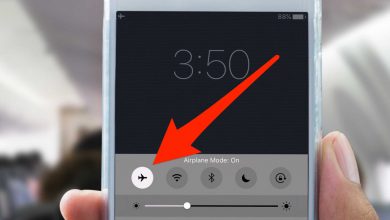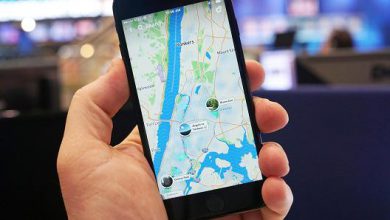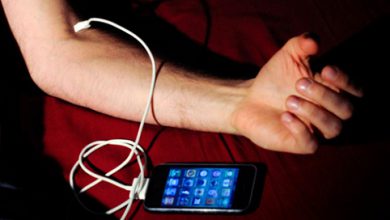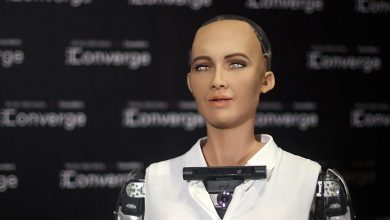Technology
Latest AI Study Makes It Easier To Make Fake Videos And It Is Scary To Watch
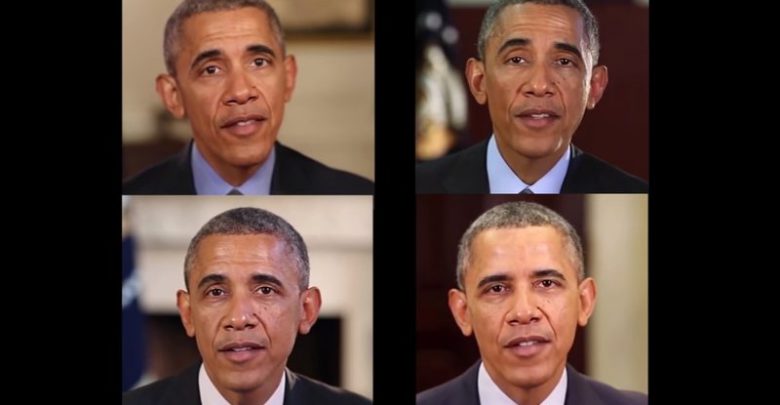
A feature of Artificial Intelligence that is occasionally overlooked is exactly how great it is at making video and audio which are hard to differentiate from real life. The emergence of Photoshop got us questioning our own eyes, but what happens when we cannot depend on our other sense?
Researchers from the University of Washington have created a lip-sync video of previous United States president Barack Obama utilizing the program that gets audio files, transforms them into naturalistic mouth movements, and then affixes those actions onto an existing video.
If you have been on the web at any period in the last year, there is a pretty good possibility you have stumbled upon fake news articles. Soon we might witness a stream of fake news videos.
The researchers titled their study “Synthesizing Obama: Learning Lip Sync from Audio,” and has already created several fake Obama videos.
It does sound a confusing process by just reading about it, so here is a video below:
The video consists of two side-by-side video clips of the former president. The video on the left side is the source of the audio, while the one on the right is from a totally different speech created with their algorithms to make mouth shapes onto the video. The result is not perfect but altogether it is quite persuading.
Another example is the time he talked about the Pulse nightclub shooter. Using the actual statement, computer scientists made it seem like Obama said them in a room at the White House, different from where he really did. The program can manipulate audio and video images to make it seem like he said it at a different time, let’s say during his younger time.
Another set of examples of the AI technology can be seen in this video:
The computer scientists said they used the former president as the test subject for their study due to his sheer amount of high-quality videos that make neural network training easier. Researcher Ira Kemelmacher said they needed around 17 hours of video footage to trace and copy the movements of Obama’s mouth. But in the future, this training restriction could be lessened to only an hour.
The team of researchers said they anticipate it can be used to better video chat tools such as Skype. People could gather videos of themselves talking, utilize to instruct the program, and then when they need to speak to another user, their video call would be produced right away with just their voice. This is very advantageous for people with a shaky internet connection, or if you are trying to retain mobile data.
As might be expected, there is also the fear that such programs can and will be used to make deceptive videos— the type of things that would provide some weight to the term ‘fake news’. Incorporate a program like this with technology that can reproduce any person’s voice using only a few minutes of sample audio and you would be excused for believing there are frightening times in the future. The same study has been able to alter a person’s facial expression in real time, make 3-D models of faces from just a few photos, and much more.

